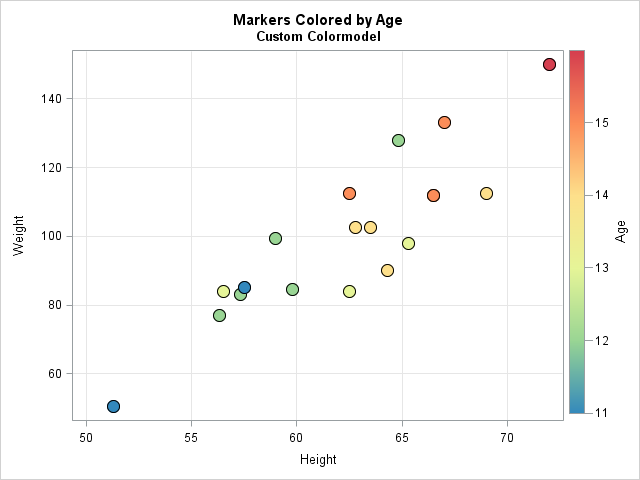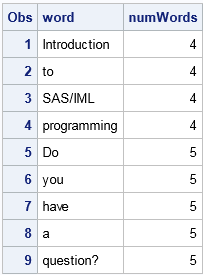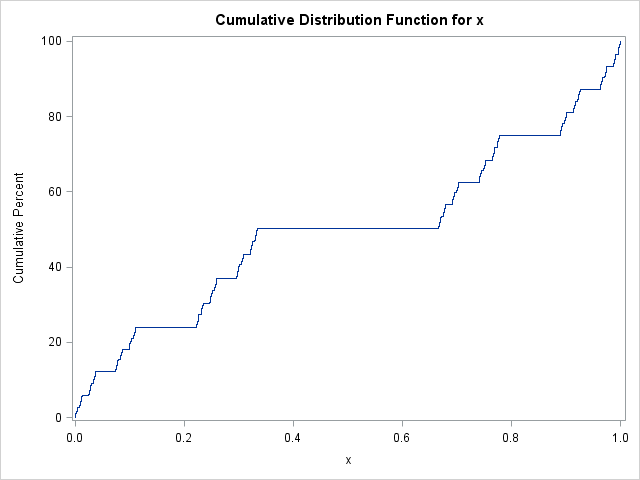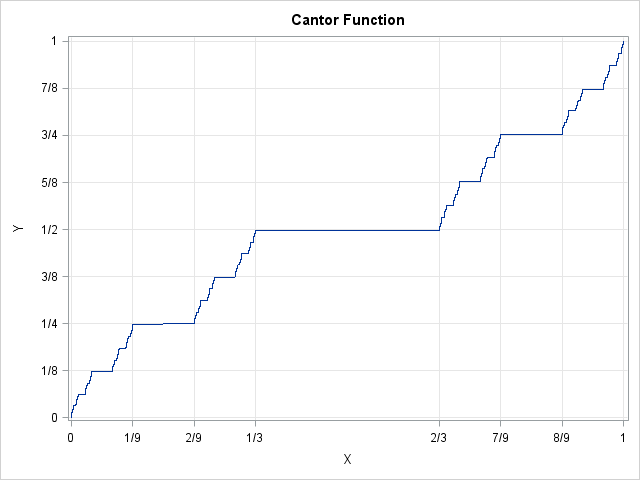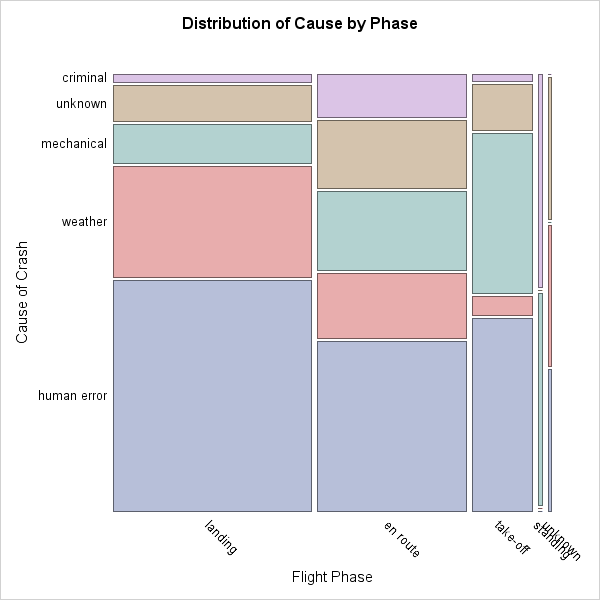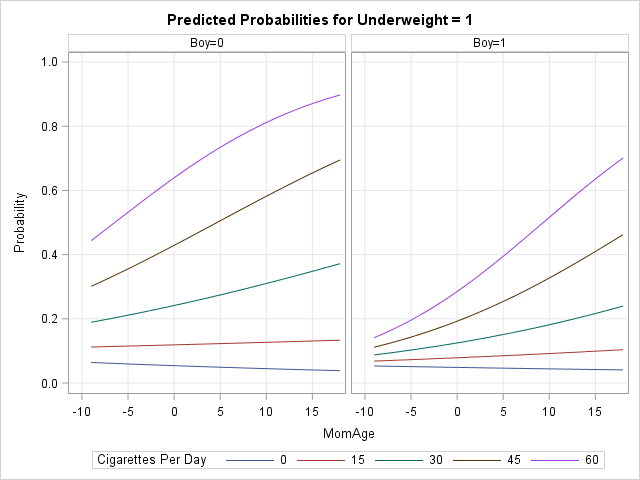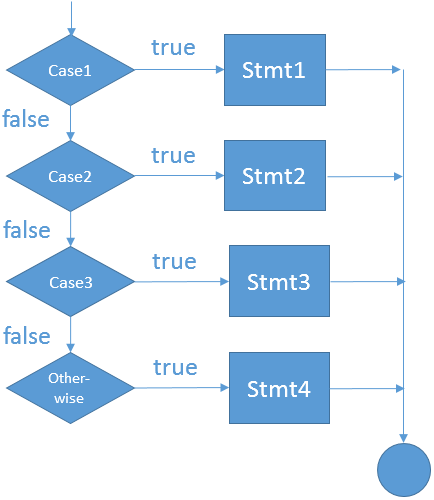
I'm addicted to you. You're a hard habit to break. Such a hard habit to break. — Chicago, "Hard Habit To Break" Habits are hard to break. For more than 20 years I've been putting semicolons at the end of programming statements in SAS, C/C++, and Java/Javascript. But lately I've been


